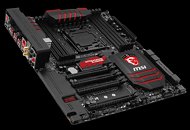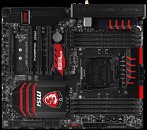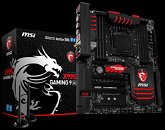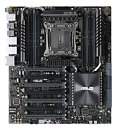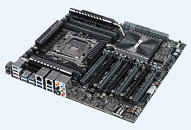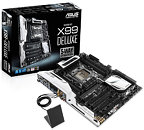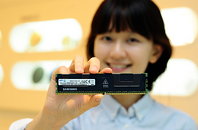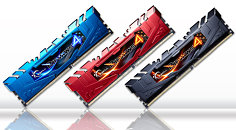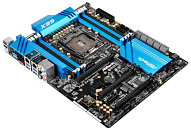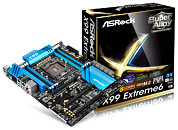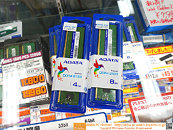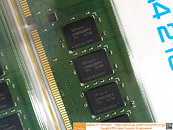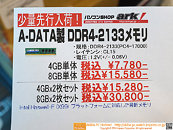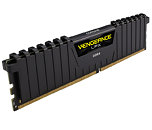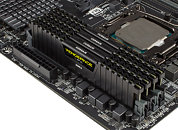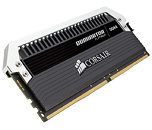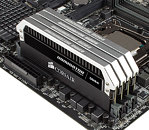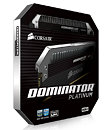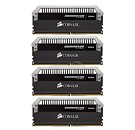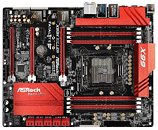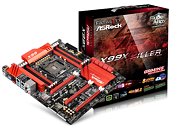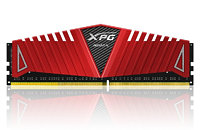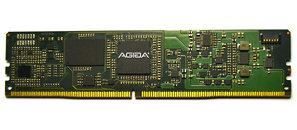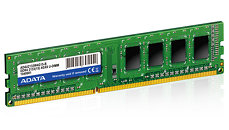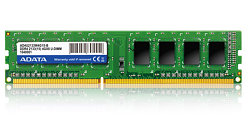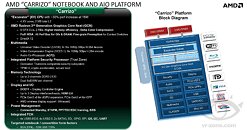
MSI X99S GAMING 9 AC Motherboard Features Onboard Streaming Engine
MSI, world leading in motherboard technology, is pleased to announce its release of the MSI X99S GAMING 9 AC motherboard. The MSI X99S GAMING 9 AC is a custom designed motherboard, specifically for gamers who demand the best onboard gaming features, ready to e0-mbrace all new DDR4 memory and 8 core CPU power. The imposing heatsinks and Dragon Armor on the MSI X99S GAMING 9 AC motherboard highlight its unique features. Its masterpiece is Streaming Engine, a premium dedicated onboard hardware streaming solution for streaming gaming activities at 1080p 60Mbps without impacting FPS and gameplay. The MSI X99S GAMING 9 AC also comes with Audio Boost 2, USB Audio Power, Killer LAN, Turbo M.2 32Gb/s, SATA Express, Intel Wi-Fi AC and 4-way Multi-GPU support.
MSI introduces the world's first onboard hardware streaming solution, called Streaming Engine. A dedicated onboard hardware card which delivers even better performance and quality than Intel Quick Sync (which is not supported on the X99 platform), because having superior video quality and streaming performance is essential when sharing gaming activities with the world. Gamers can stream at amazing 1080p 60 Mbps quality using HD H.264 hardware compression.
MSI introduces the world's first onboard hardware streaming solution, called Streaming Engine. A dedicated onboard hardware card which delivers even better performance and quality than Intel Quick Sync (which is not supported on the X99 platform), because having superior video quality and streaming performance is essential when sharing gaming activities with the world. Gamers can stream at amazing 1080p 60 Mbps quality using HD H.264 hardware compression.
